Shop price inflation jumped to 1.5% in October from 1% in September driven by the rise in food inflation as increases in commodity prices finally filtered through to the consumer.
Food inflation increased 4% last month against a 3.1% increase in September but non-food prices were broadly flat in October after falling 0.2% in September, the British Retail Consortium’s – Nielsen shop price index revealed.
October’s 1.5% shop price inflation is the sharpest increase since June 2011 and is at a five-month high, as food prices across ambient and fresh food categories increased considerably.
The wet summer and high feed costs have affected vegetable and meat prices, while the fluctuations in global markets have affected the cost of ingredients for some manufactured foods.
BRC director general Stephen Robertson said: “After three months of stability, food is being hit by a combination of poor harvests, rising production costs and previous commodity cost rises working through.
“The good news is that a number of these costs have started to come down over the last quarter, which is likely to ease that pressure in the run up to Christmas. At the same time, promotions are widespread. A blizzard of vouchers is shielding hard-pressed shoppers from the full impact of rising costs.”
The Index expects retailers will have to fight even harder for consumer spend this Christmas as customers shop around for the best deal.
In October fresh food inflation accelerated from 3% in September to 3.8% in October, driven by price increases across vegetables, milk, cheese, eggs and meat. Ambient food increased to 4.2% from 3.2% in September. Fish and convenience food posted a slow-down across inflation rates.
The flat prices across non-food were driven by discounts and promotions as retailers aimed to attract cash-strapped shoppers. This comes after eight months of annual deflation.
Robertson added: “No change in the price of non-food goods compared with a year ago shows how relentless discounting is. Great for customers who are able to spend but, as retail administrations show, tough for retailers struggling to make the sums add up.”
Clothing and footwear prices deflation slowed to 3.8% from 4.8% in September. Inflation in the furniture and floorcoverings slowed to 0.6% from 0.9% in September.
Electricals deflation sped up further to 4.1% from 3.8% in September but it is expected that recent launches such as the iPad mini will boost the category in the run up to Christmas.


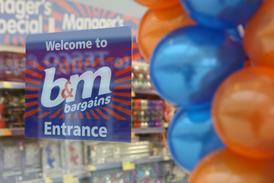
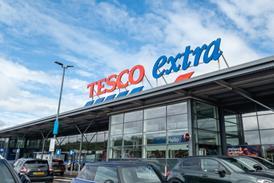














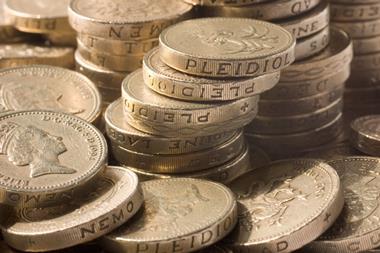
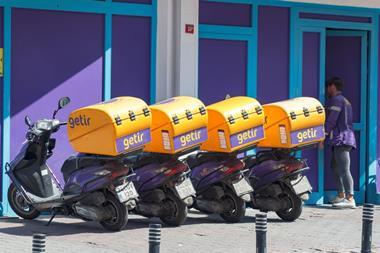
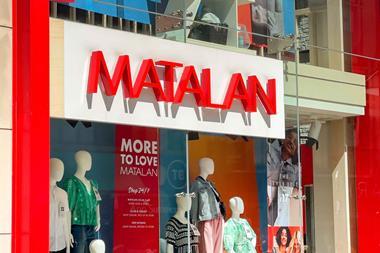



No comments yet